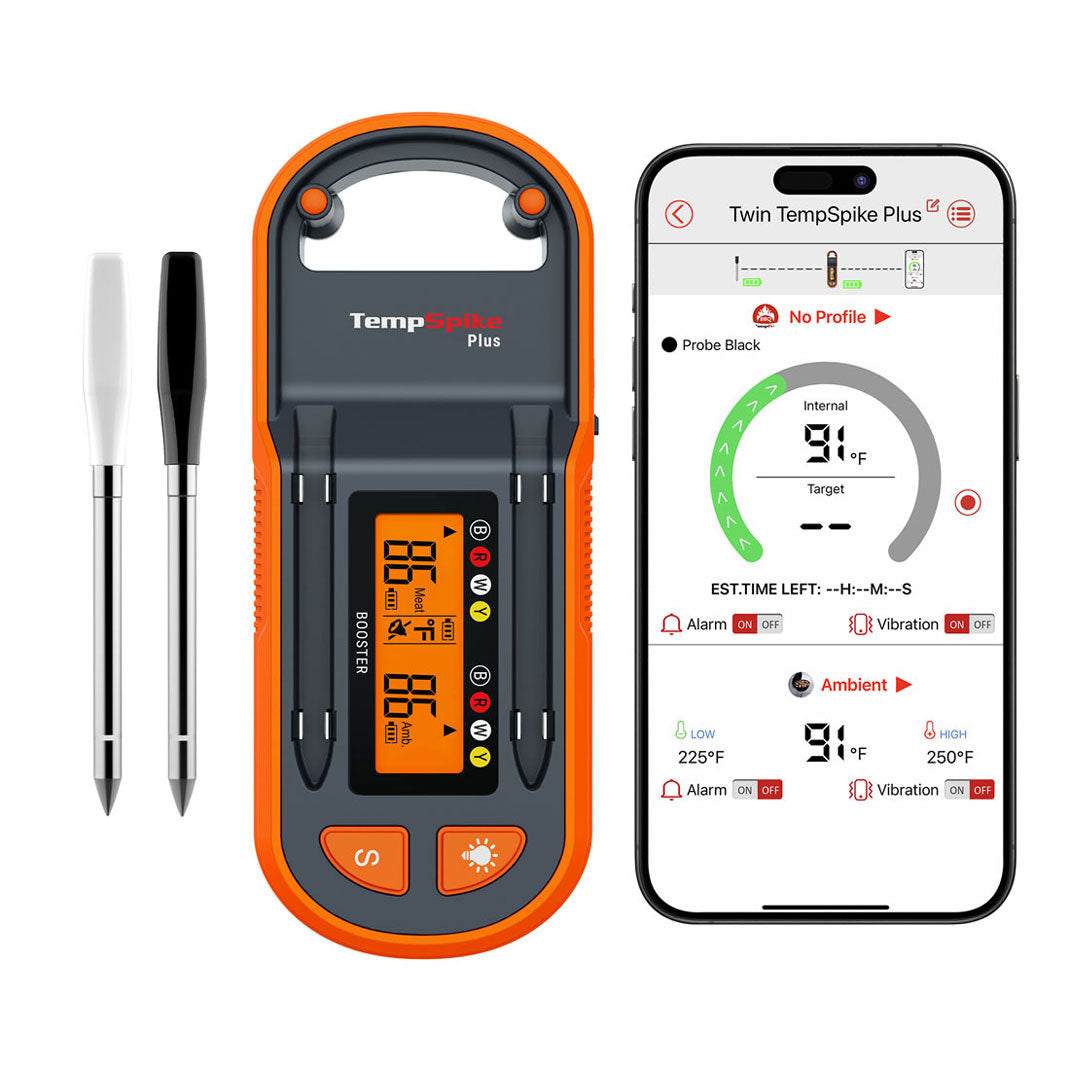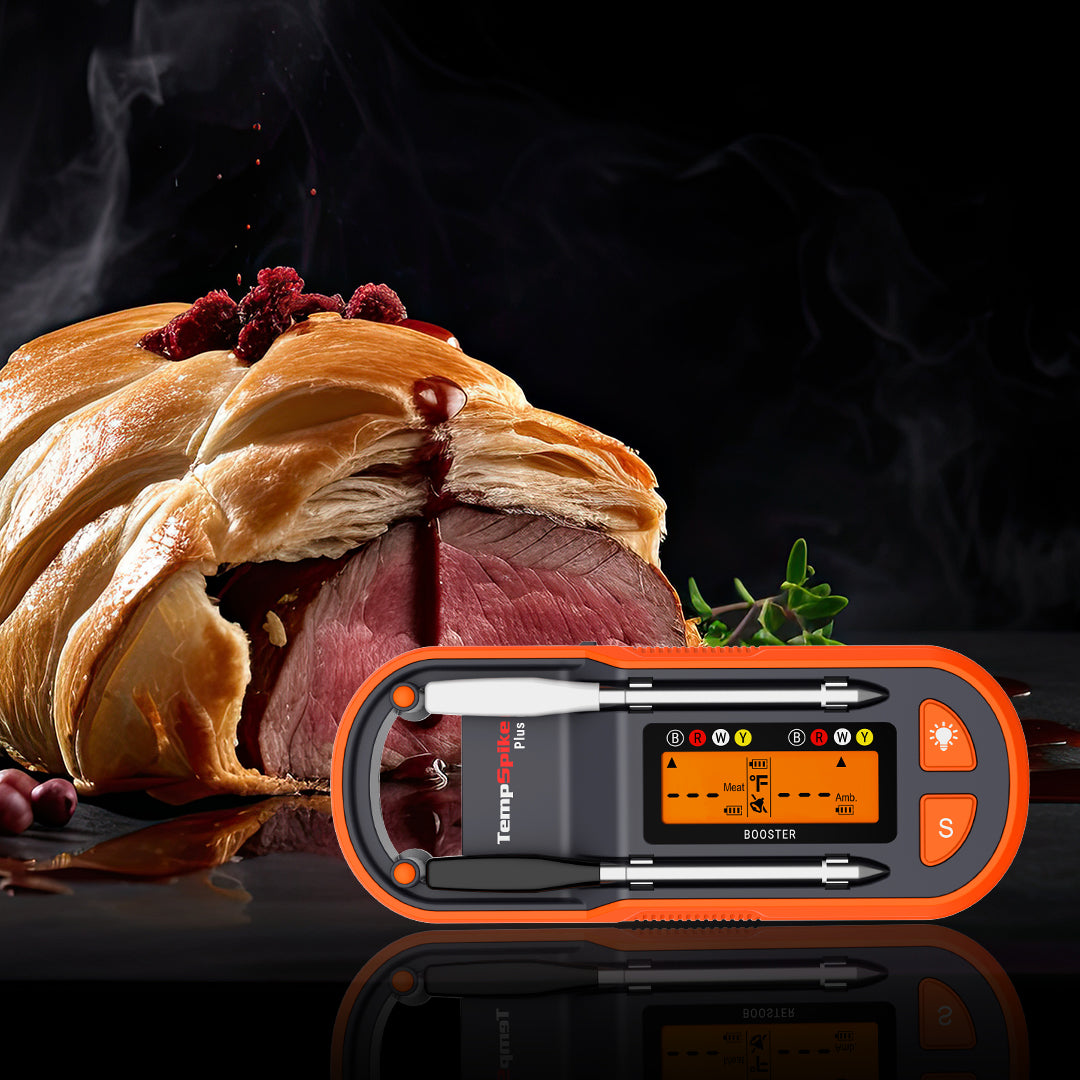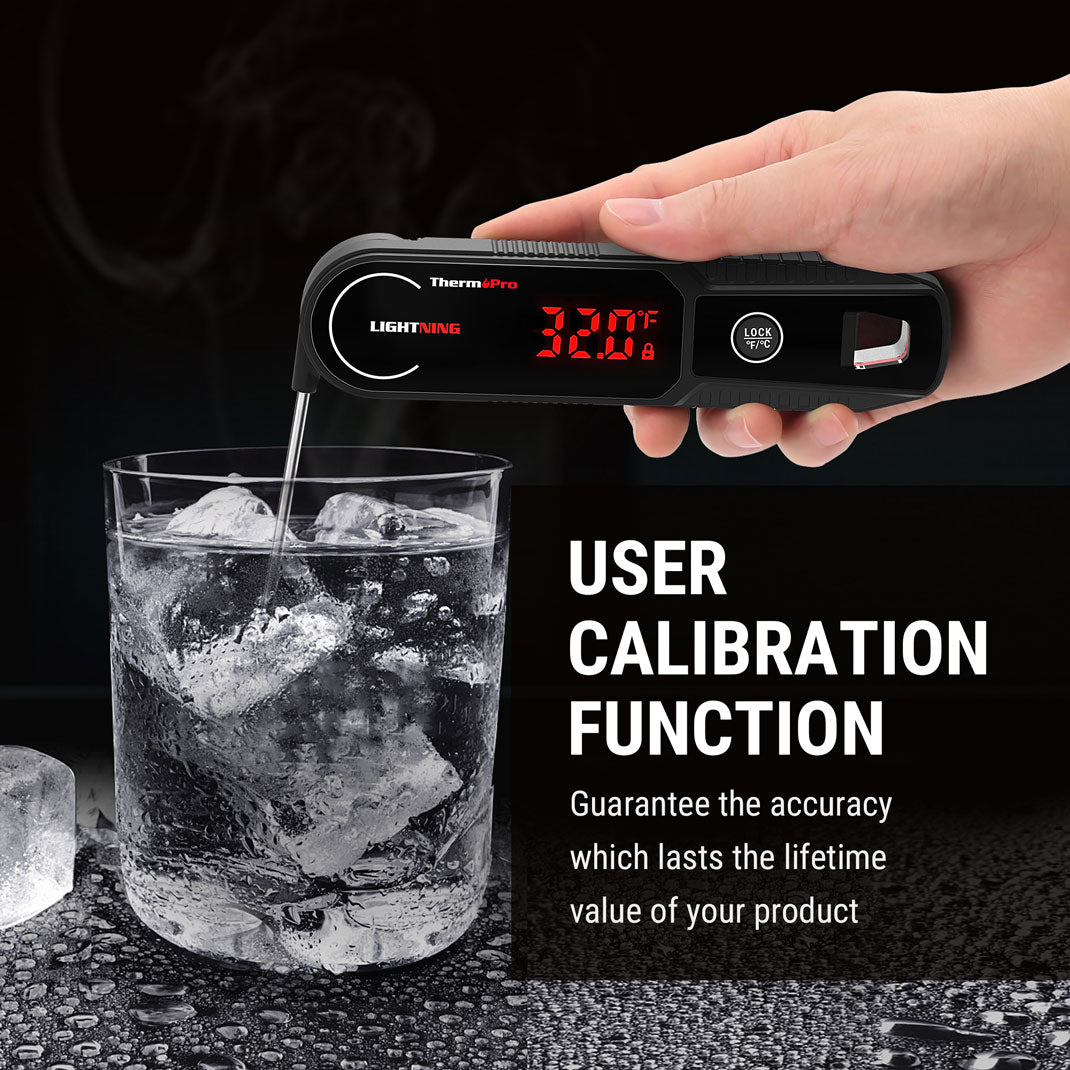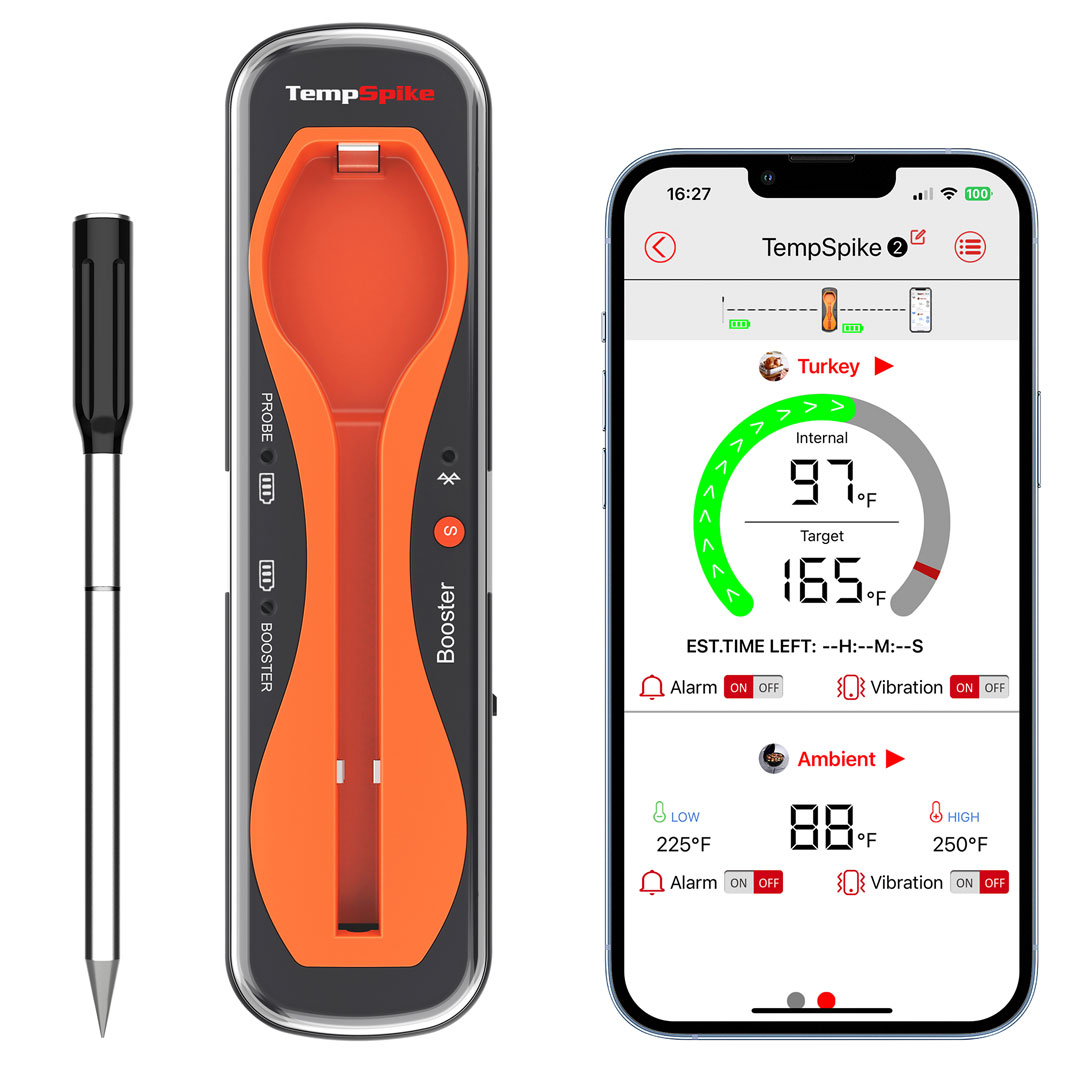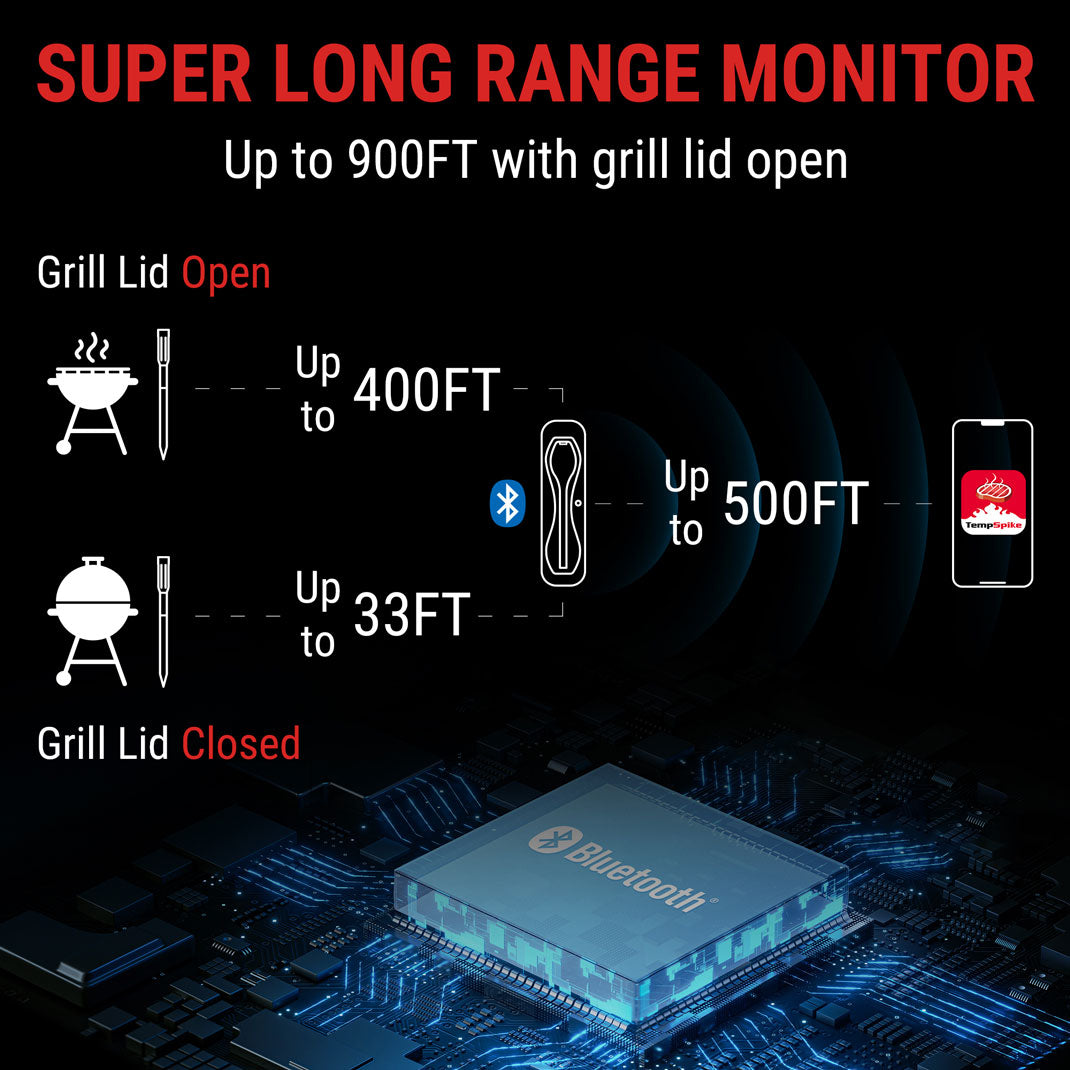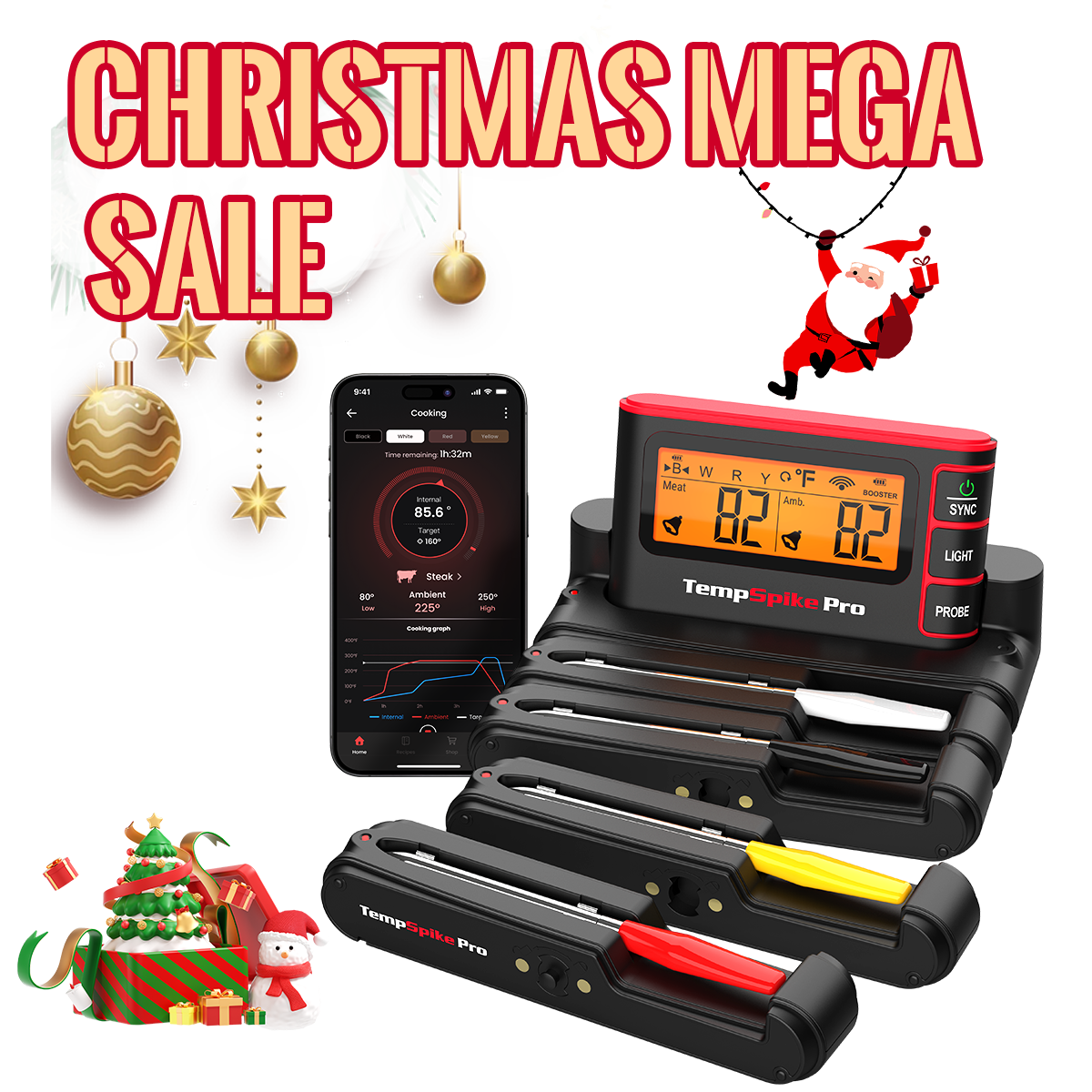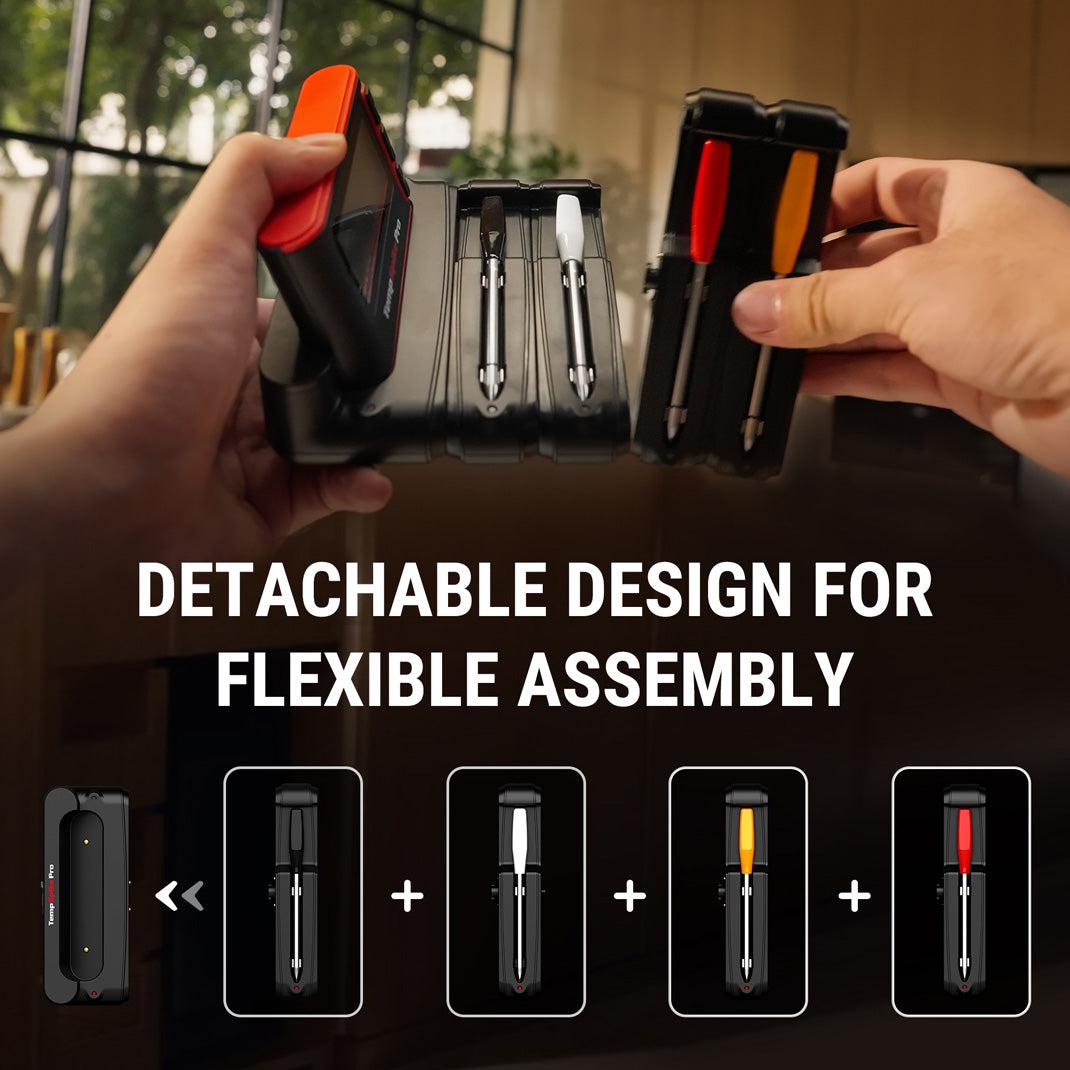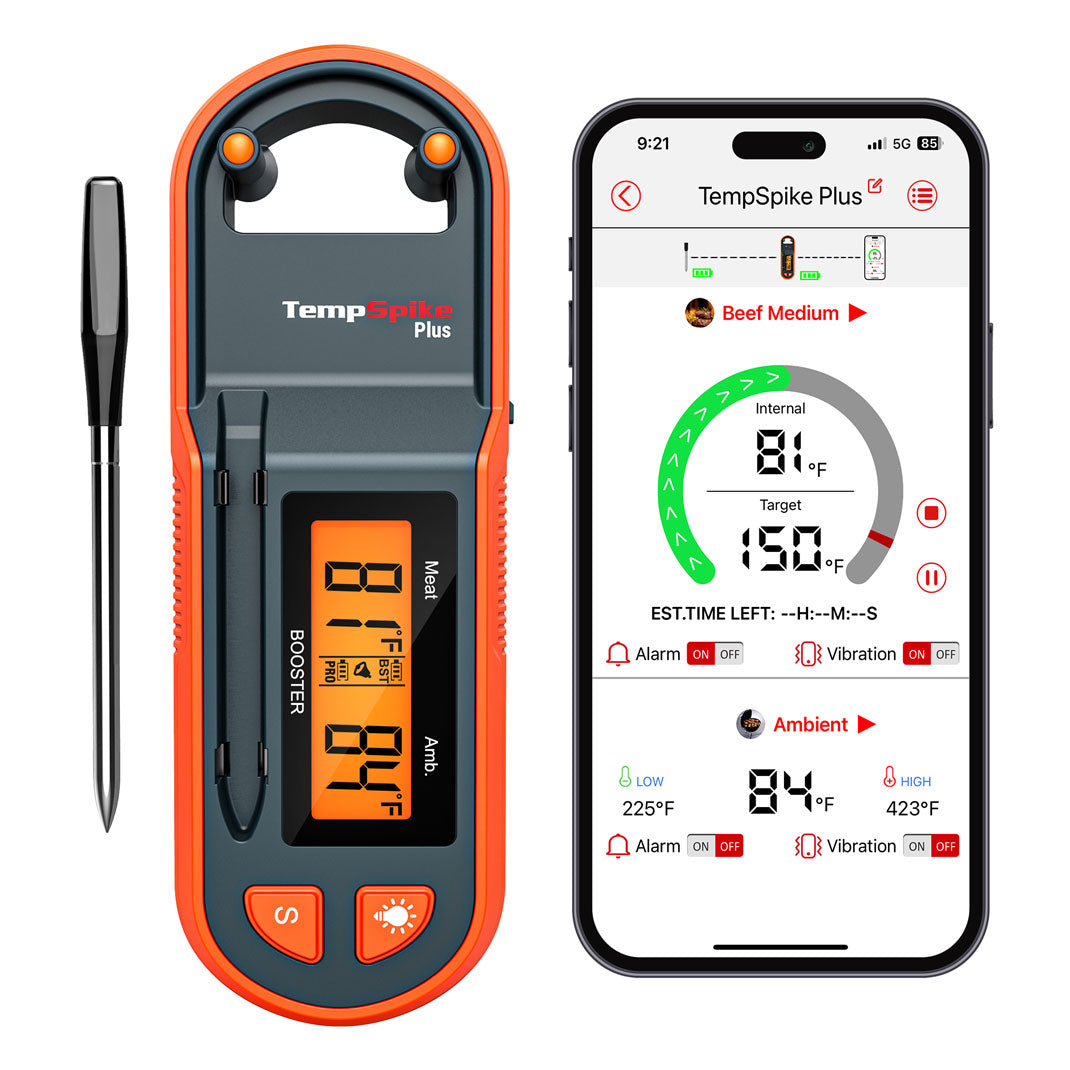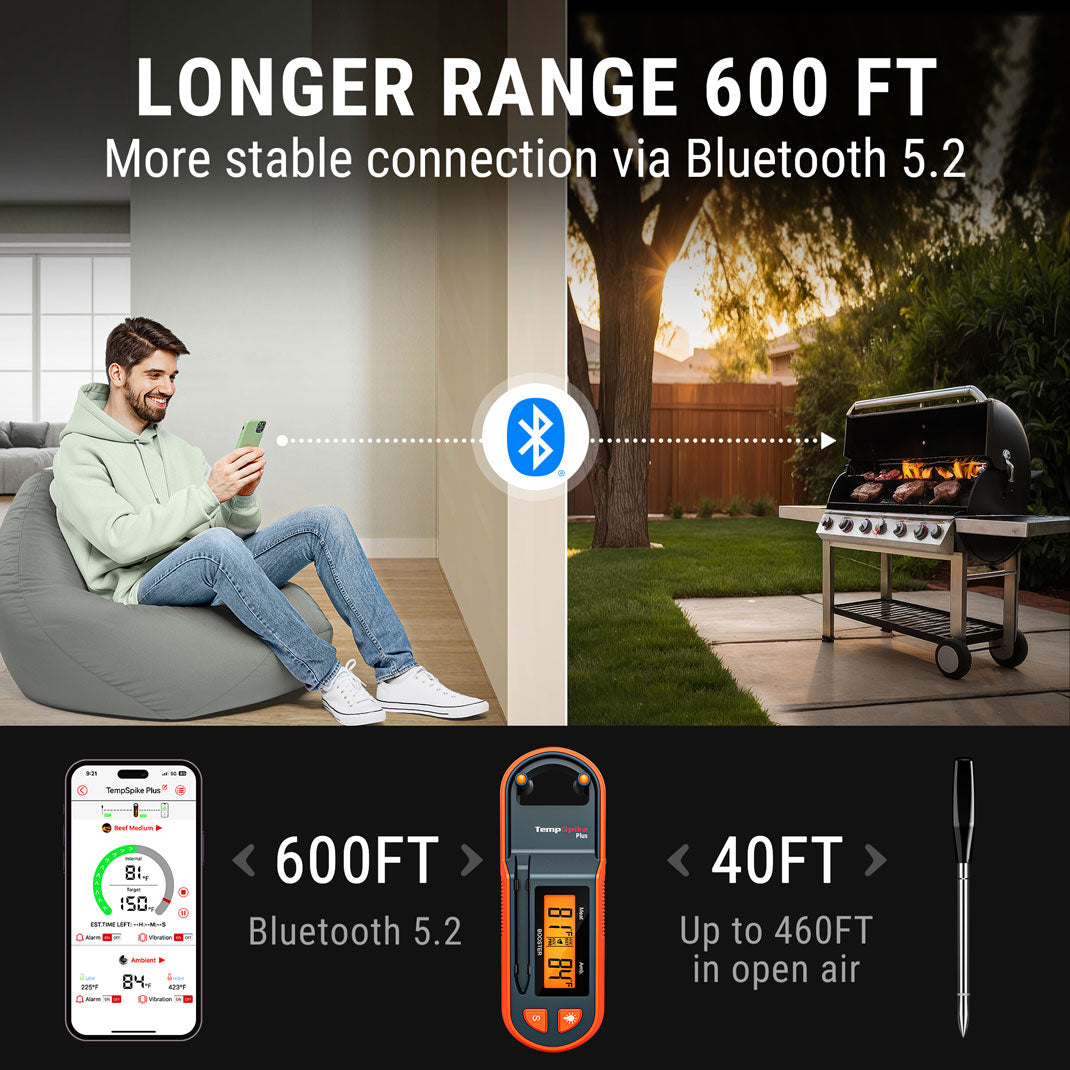10 Common Mistakes When Using a Meat Thermometer






 288 Comments
288 Comments
Whether you’re grilling steaks, roasting chicken, or smoking brisket low and slow, a meat thermometer is your best ally in the kitchen or backyard. It ensures your food is not just delicious, but safe to eat. But even the most seasoned home cooks sometimes make mistakes when using a thermometer — and those errors can lead to overcooked or undercooked meals.
Let’s break down the 10 most common mistakes people make when using a meat thermometer and how you can avoid them for perfect results every time.
Not Using a Meat Thermometer at All
The biggest mistake? Simply not using one. Many people still rely on guesswork, color, or texture to check if meat is done. The problem is that those methods are unreliable — a chicken breast can look done on the outside but still be undercooked inside.
Tip: Invest in a reliable meat thermometer and use it every time you cook meat, especially poultry, pork, and ground beef.
Not Calibrating or Testing the Thermometer’s Accuracy
Even the best meat thermometers can lose calibration over time. If it’s not reading correctly, your food could be over- or undercooked without you realizing it.
Tip: Calibrate your meat thermometer occasionally. Stick it in ice water (should read 32°F) or boiling water (should read 212°F at sea level). If it’s off, recalibrate or replace it.
Inserting the Probe in the Wrong Spot
Sticking the meat probe into the wrong part of the meat can give you a false reading. For example, placing it too close to the bone, fat, or gristle may skew the temperature.
Tip: Always insert the meat thermometer into the thickest part of the meat, away from bones and fat. For poultry, that’s usually the inner thigh area; for steaks and roasts, go straight into the center.
Checking the Temperature Too Early (or Too Late)
Timing matters. Check too early, and you may interrupt cooking unnecessarily; too late, and it’s already overcooked.
Tip: Start checking your meat about 5–10 minutes before the estimated cook time is up. Let the food thermometer guide your next move.
Not Letting the Meat Thermometer Stabilize
If you rush to read the temperature before the sensor settles, you might get a lower (or higher) reading than the actual internal temp.
Tip: Wait until the temperature reading stops rising and holds steady for a few seconds before removing the probe. Instant-read meat thermometers like the ThermoPro Lightning Instant-Read Meat Thermometer can stabilize in just 1 second.

Using the Wrong Thermometer Type
Not all meat thermometers are made to stay inside the meat while it’s cooking. Doing so with an instant-read model can damage the device or give false readings.
Tip: Use leave-in meat thermometers (like ThermoPro TP17 Digital Food Thermometer) for continuous monitoring and instant-read thermometers for quick spot checks.

Checking the Temperature Too Frequently
Every time you open the grill or oven, you might lose 25-50°F of heat and extend cooking time. I timed a cook who checked every 5 minutes – his brisket took 4 hours longer than necessary!
Tip: Use a leave-in probe for real-time monitoring. Only spot-check 2-3 times total for large cuts.
It’s tempting to check your food over and over again, especially when you’re aiming for that perfect medium-rare steak or juicy roast chicken. But opening the oven or grill lid too often lets out heat and disrupts the cooking process. Plus, repeatedly poking the meat with a thermometer for food can cause valuable juices to escape, leading to drier results.
Tip: Be patient. Instead of constant checking, set a timer and check only when you’re approaching the expected cook time. Better yet, use a wireless meat thermometer like the ThermoPro TP972 Twin TempSpike Plus Wireless Meat Thermometer, which allows you to monitor the temperature in real-time from your smartphone – no need to open the grill or oven at all.

Failing to Clean the Probe Properly
Using a dirty thermometer can transfer bacteria between food, especially between raw and cooked meats — a serious food safety hazard.
Tip: Always wash the meat probe with soapy water before and after each use. For added convenience, some models even come with antimicrobial coatings.
Not Accounting for Carryover Cooking
When you remove meat from heat, it continues to cook internally — this is known as carryover cooking. If you wait for the perfect temp before pulling it off the grill or oven, you risk overcooking it.
Tip: Remove meat from the heat source when it’s 3–5°F below your target temperature. It will finish cooking while it rests.
Using a Low-Quality or Hard-to-Read Thermometer
A cheap or outdated food thermometer with a slow response time or dim display can cause more trouble than it’s worth — and may make you avoid using it altogether.
Tip: Upgrade to a user-friendly, high-quality model like the ThermoPro TP980 Wi-Fi Meat Thermometer. It enables you to monitor food internal temperature from anywhere via Wi-Fi Connectivity. It’s a smart choice for both beginners and grilling pros.
Final Thoughts
Avoiding these common mistakes can drastically improve your cooking results. A meat thermometer isn’t just a kitchen gadget — it’s a necessity. It takes the guesswork out of cooking, ensures food safety, and guarantees your meat is juicy, flavorful, and perfectly done.
So stop guessing and start knowing. With the right meat thermometer and proper technique, every meal can be cooked to perfection.











